 Long, Lonely Walk: Fifty years ago, as one of the Little Rock Nine, Elizabeth
Long, Lonely Walk: Fifty years ago, as one of the Little Rock Nine, Elizabeth Little Rock, 50 Years Later
9/24/2007 - Newsweek, Ellis Cose
The image is among the most iconic in civil-rights history: a dignified black girl in a prim, white-and-black dress marches through a hostile mob intent on keeping her from school. Fifty years after it first flashed around the world, that image retains its power—evoking sorrow, even anger, that one so young would face such cruelty. Now a 65-year-old woman, Elizabeth Eckford still bears scars from that long, lonely walk as one of the Little Rock Nine: teenagers charged with integrating that city's finest high school in 1957. "I'm the only one who says I wouldn't do it again," said Eckford in an interview at the Little Rock courthouse where she works as a probation officer.
This month, Little Rock will commemorate the date, 50 years ago, when President Dwight D. Eisenhower sent the 101st Airborne to escort black children to Central High. In that moment, Little Rock became a synonym for hate. After claiming that desegregation would lead to violence, Gov. Orval Faubus ordered the National Guard to keep black children from attending the school. Meanwhile, the black students designated to integrate Central High made plans to enter as a group. Eckford's family had no phone, so she never got the message. She came alone, only to be sent away by Faubus's soldiers and left to the angry mob.
No black child got in on the appointed day. Three weeks later, armed with a judge's order prohibiting Faubus from interfering, the students were spirited in through a side door (the mob was so unruly, however, police decided the Nine could not stay). In the weeks that followed, they endured unrelenting abuse. They never believed the task would be easy, but they had no idea how hellish it would become. Minnijean Brown Trickey was expelled for a fight she didn't start. "If we knew what it was going to be, we would have been too scared to go," says Trickey, who returned to Little Rock after many years away to care for an aged parent. Decades later, Eckford realized she suffered from posttraumatic stress disorder. For years, she could not work. In her current job since 1999, she has found a measure of peace: it has taken "a long time getting there, a long time to talk about the past without crying."
Mostly, the Nine have flourished. Many got advanced degrees. All moved away—for a while, at least—and Little Rock tried to move on. Mayor Mark Stodola says it's time to put the past aside. He says Little Rock never deserved its racist reputation and that "the people who want to continue to look to the past are an impediment to where we want to go for the future." Ralph Brodie, a Central High football player and student-body president at the time of the crisis, says the reputations of many were unfairly tarnished by the actions of a few. Most people at Central were receptive to the black enrollees, he says, yet the world focused on "problem students—25 maybe, a minuscule percentage." The rest "did everything they could to make that schoolyear work," says Brodie, a lawyer and member of Central's 50th Anniversary Commission.
The black students do not remember things that way. "The tone was set by a couple of hundred students engaged in this reign of terror," says Ernest Green, one of the Nine and an executive with Lehman Brothers. "The silence was deafening. We would have appreciated some of them speaking out when all of this harassment was going on." Eckford also dismisses Brodie's point. Those who were silent, she says, are just unwilling to "think of themselves as bad people."
Today, like much of the rest of America, Little Rock grapples with a continuing achievement gap in its schools, economic distress in disproportionately minority neighborhoods and mistrust among competing communities and public officials. Earlier this year Central High student Brandon Love drew a straight line from the past to the present. In an article in the Arkansas Times and elsewhere, he observed that his Advanced Placement classes were overwhelmingly white: "As an African American and the student body president, I have encountered A Tale of Two Centrals ... As the only African American in most of my classes, I experience firsthand what some dismiss as 'subtle' racism," he wrote. Nancy Rousseau, the transplanted New Yorker who is principal at Central, acknowledges that more whites than blacks take AP classes—but she blames differences in preparation and achievement, not discrimination. "That's an issue that we're dealing with, an issue that, unfortunately, is universal," she says. "There are places that are overcoming it, and I want us to be one of them."
The Supreme Court agrees that focusing on past racial wrongs will not yield solutions for the future—as made clear in June by its ruling against voluntary school-desegregation plans. But there is still a point in remembering how we got here, and remembering how determined some people were to keep Americans apart—if only because it reminds us of why it remains so hard for us to come together.




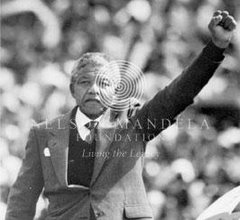

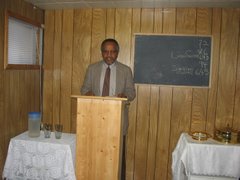




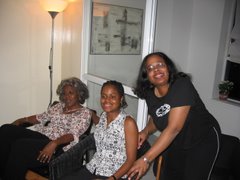




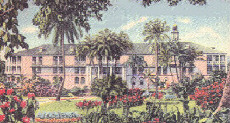






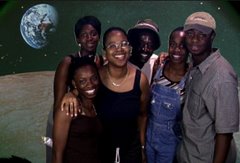


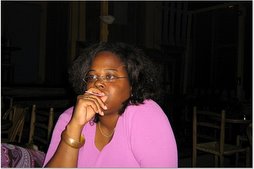
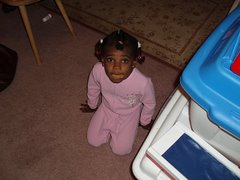


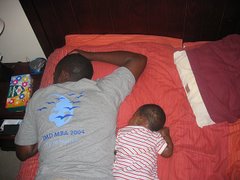




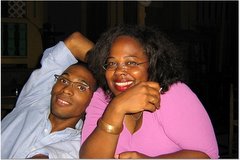
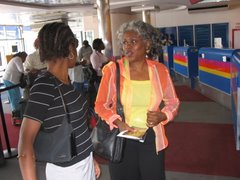
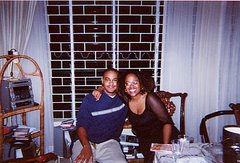
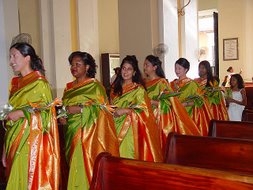





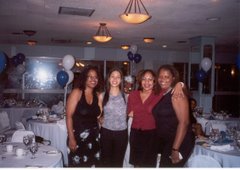



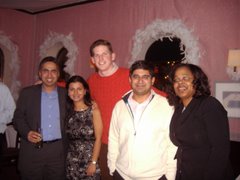


No comments:
Post a Comment